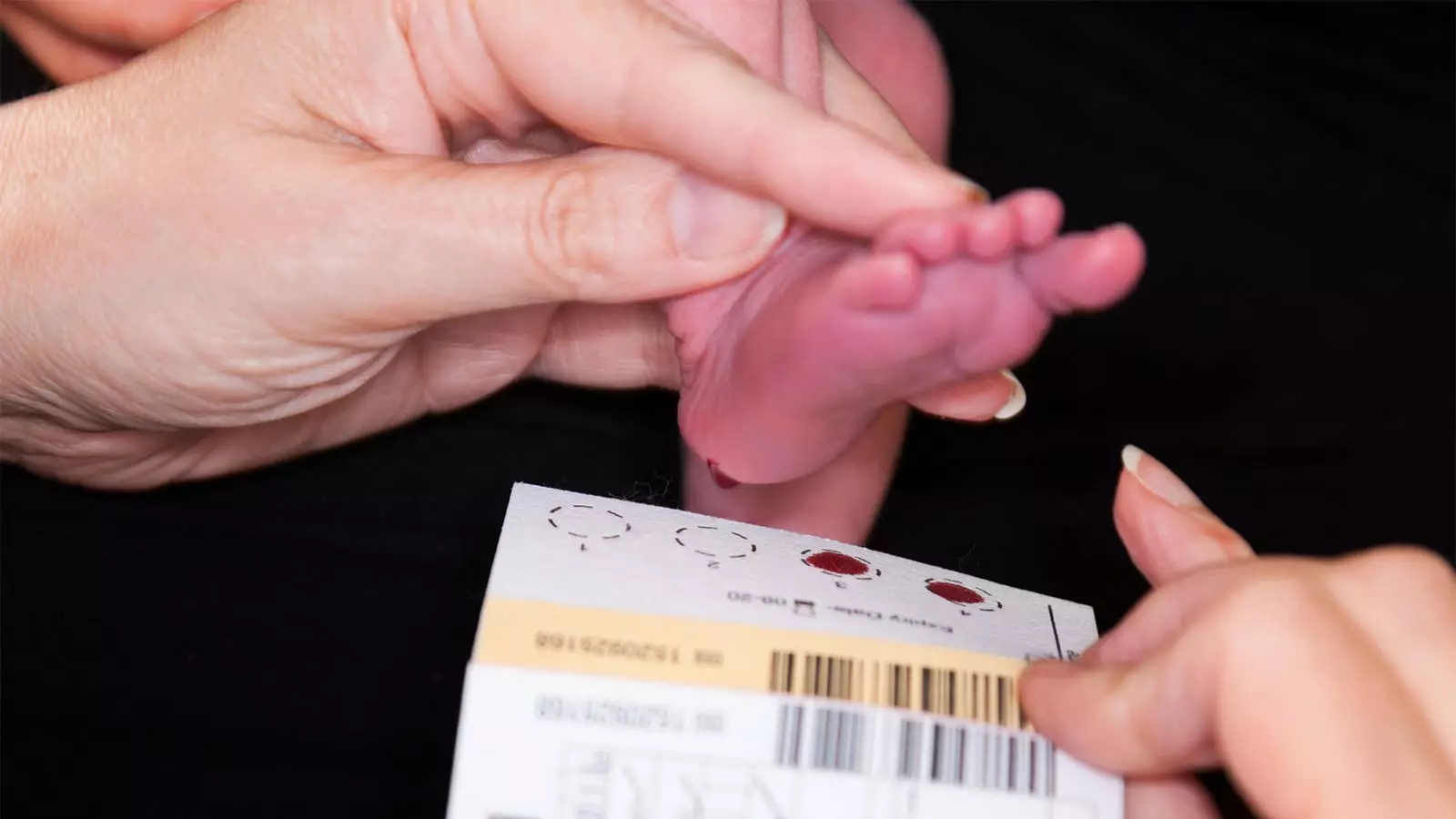Spinal muscular atrophy (SMA) is a rare genetic disorder that affects the motor neurons in the spinal cord, leading to muscle weakness and atrophy. Newborn screening programs have played a critical role in revising prevalence estimates of SMA, providing valuable data on the actual number of cases in the United States. However, a recent study has shown that the prevalence of SMA may be lower than previously thought, raising questions about the accuracy of previous estimates.
The study, led by Lisa Belter, MPH, and colleagues from Cure SMA, analyzed data from newborn screening programs in 30 states. Surprisingly, the research revealed that only one in every 14,694 babies born between 2018 and 2022 had SMA, a significantly lower rate than the previously reported one in 10,000. This discrepancy highlights the importance of using population-level data from newborn screening programs to obtain more accurate prevalence estimates.
Unlike earlier studies that relied on various methods such as carrier screening and patient registries, this research focused specifically on data from newborn screening programs. This approach allowed for a more comprehensive and systematic evaluation of SMA prevalence, providing insights into the actual number of affected individuals. Dr. Amanda Barone Pritchard from the University of Michigan emphasized the significance of utilizing newborn screening for early identification of SMA, which can lead to improved outcomes through timely intervention.
The widespread implementation of newborn screening for SMA across the U.S. since 2018 has facilitated the early detection of the condition in infants. By identifying SMA cases before symptoms manifest, healthcare providers can initiate treatment promptly, potentially mitigating the progression of the disease. The data from this study can inform healthcare resource allocation for SMA and guide future research efforts in improving care and treatment strategies.
SMA is caused by the loss of functional SMN1 gene, which plays a crucial role in motor neuron function. While the absence of both copies of SMN1 results in severe disease, the presence of multiple copies of the SMN2 gene can lead to milder forms of SMA due to the production of some functional SMA protein. Understanding the genetic mechanisms underlying SMA can aid in prognostication and treatment decisions for affected individuals.
Despite the valuable insights provided by this study, the authors acknowledged certain limitations in their data collection process. The timing of data collection following the implementation of statewide SMA newborn screening programs may have influenced the reported prevalence rates. Moving forward, ongoing surveillance and analysis of SMA prevalence through newborn screening will be essential to monitor trends over time and assess the impact of interventions on disease outcomes.
The evolution of newborn screening programs has revolutionized the detection and management of SMA, offering new insights into the true prevalence of the condition. By leveraging population-level data from screening initiatives, healthcare providers and researchers can better understand the epidemiology of SMA and improve the quality of care for affected individuals. Continued efforts in genetic research and clinical practice will be crucial in advancing our knowledge of SMA and enhancing treatment strategies for this rare neuromuscular disorder.

Leave a Reply